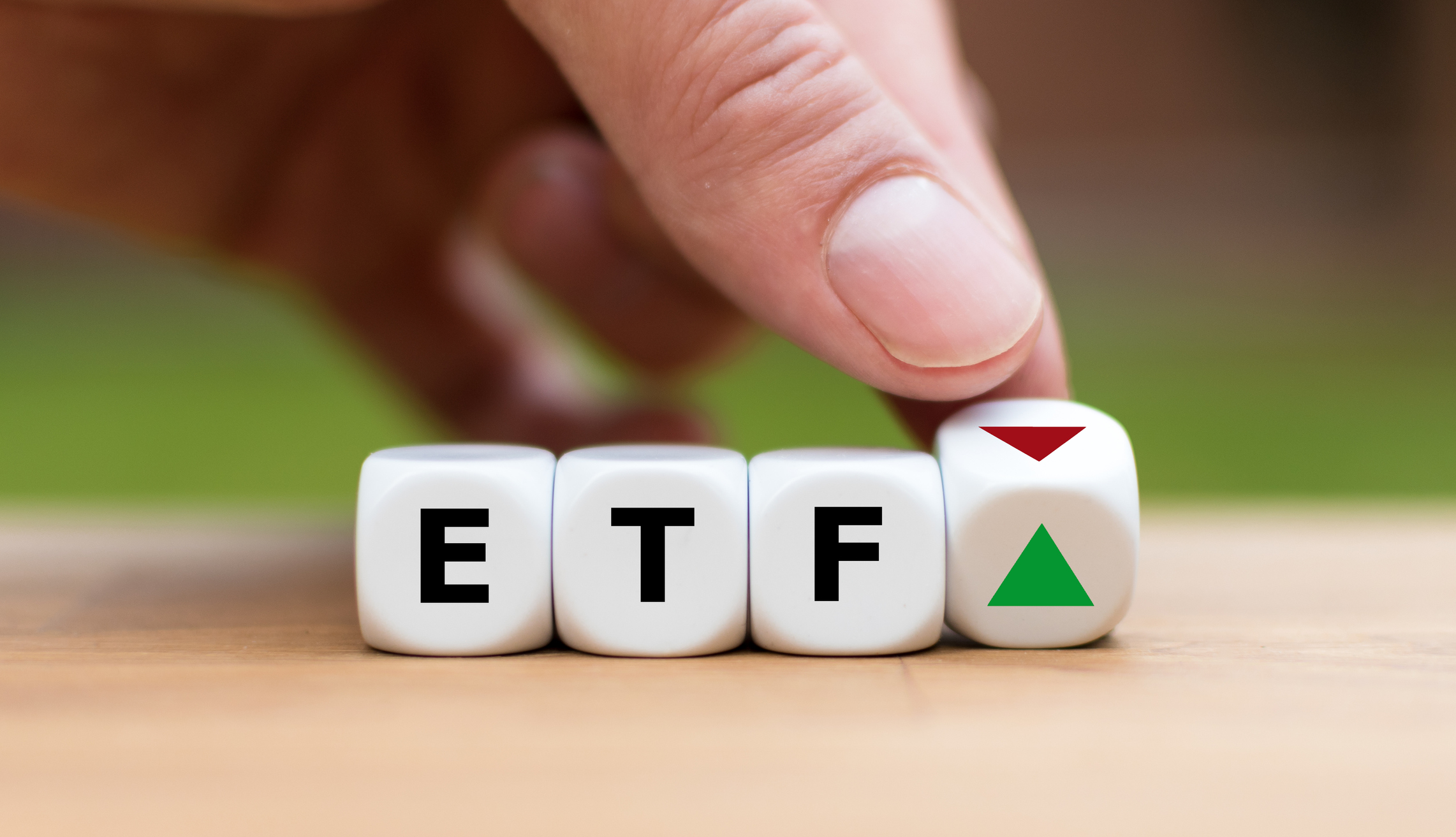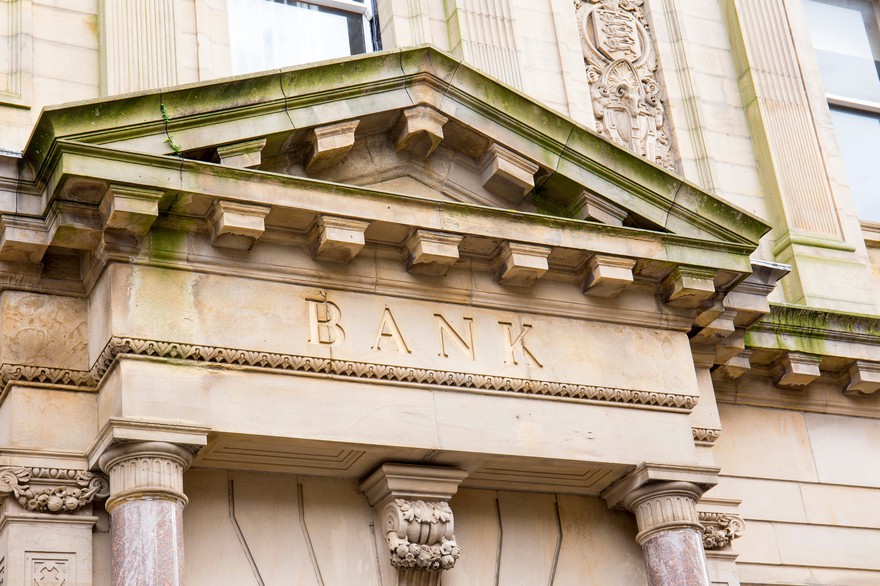Bank ETFs are investment vehicles that pool investors' money to allocate to a portfolio of bank stocks. They allow you to invest in bank stocks without having to choose which individual banks to buy.
The banking industry can be an exciting place to invest. However, the industry isn't without its risks. There have been several major banking crises throughout modern history, and banks can be sensitive to economic downturns. This can make investing in individual bank stocks seem scary to the average investor.

Fortunately, there are some excellent exchange-traded funds (ETFs) that can give you exposure to bank stocks in your portfolio. There are ETFs that offer broad exposure to the financial sector. Some ETFs focus specifically on banks. Others focus on specific types of banks, such as regional bank stocks.
Five top bank ETFs
There are numerous bank and financial sector ETFs available on the market. Here's a list of five ETFs that offer exposure to bank stocks in different ways and for low investment fees.
1. Financial Select Sector SPDR ETF

NYSEMKT: XLF
Key Data Points

NYSEMKT: KBE
Key Data Points
If you're looking for more of a pure-play bank ETF, the SPDR S&P Bank ETF (KBE +0.69%) could be what you're looking for. It is a relatively small ETF, with $1.4 billion in assets under management, and is a bit more expensive than the overall financial sector ETF discussed earlier. The fund's 0.35% expense ratio is comparable to that of other specialized index funds. (As a general rule, the more specialized an index fund is, the more you can expect to pay in investment fees.)
The SPDR S&P Bank ETF invests in an index that comprises large money center banks, regional banks, diversified financial services providers, and other relevant entities. It invests in 102 different stocks, in total. Although it isn't exactly an equal-weighted fund, it is more diversified than most market-cap-weighted ETFs and is classified as a "modified equal-weight index." In short, it aims to provide fairly equal exposure to banks of all sizes and types.
None of the ETF's holdings make up more than 1.2% of its total assets. Top holdings include regional and smaller banks, as well as major banks such as JPMorgan Chase.
3. SPDR S&P Regional Banking ETF

NYSEMKT: KRE
Key Data Points
The iShares U.S. Financials ETF (IYF +1.21%) tracks a financial sector index that offers a somewhat different makeup than the other financial sector ETFs on the list. Specifically, you'll find more banks and banking-related businesses among its top holdings, and fewer financial technology companies (for example, no Visa and Mastercard).
The ETF has a 0.38% expense ratio, which should certainly be taken into account. Top holdings include Berkshire Hathaway, JPMorgan Chase, Bank of America, Wells Fargo, and Goldman Sachs (GS +2.45%).
5. Invesco KBW Bank ETF
Finally, for investors seeking a pure-play banking ETF with a heavier concentration in the largest U.S. financial institutions, the Invesco KBW Bank ETF (KBWB +1.21%) warrants a closer examination. The fund tracks a bank stock index and owns just 26 total positions. This is a market-weighted fund, so certain large bank stocks comprise a larger proportion of the fund's assets.
For example, the top holding, Goldman Sachs, makes up 8.8% of the ETF's portfolio. The next largest, Morgan Stanley, accounts for just a little less. Other top holdings include JPMorgan Chase, Bank of America, and Wells Fargo.
The Invesco KBW Bank ETF has a 0.35% expense ratio, which is typical for a subsector-type ETF like this one. If your goal is to simply invest in a portfolio representative of the U.S. commercial banking industry, this could be the best ETF choice for you.
Related investing topics
Benefits and risks of investing in bank ETFs
Like any investment, there are pros and cons to investing in bank ETFs. Here are some key considerations to keep in mind when investing.
Benefits of bank ETFs
- Diversification - Any of the bank ETFs on this list will spread your money across many bank stocks. So, if one bank performs particularly poorly, it won't be devastating.
- Lots of choices - You can focus on the big banks, regional banks, a broad spectrum of banks, or the entire financial sector.
- Easy to manage - With ETFs, you don't have to regularly do stock research, rebalance your portfolio, or do any other homework.
- Income - Many bank stocks pay dividends, and bank ETFs pass these through to investors.
Risks of bank ETFs
- Cyclicality - Bank stocks can be economically sensitive. During recessions, loan demand declines, and more people struggle to repay their debts.
- Fees - Some bank ETFs have very low fees, but they should still be considered. After all, if you invest directly in bank stocks, you don't have any management expenses.
How to choose the right bank ETF
As you've seen, there are several excellent bank ETFs, and this wasn't an exhaustive list -- there are more. The best bank ETF for you depends on your investment objectives and goals.
If you simply want financial sector exposure in your portfolio, one of the broad ETFs is generally the best (and lowest-fee) way to go. But if you want to invest for a more specific purpose -- for example, let's say you think falling interest rates will be especially good for regional banks -- a more specialized bank ETF could be a better option, even if it has a somewhat higher fee structure.




